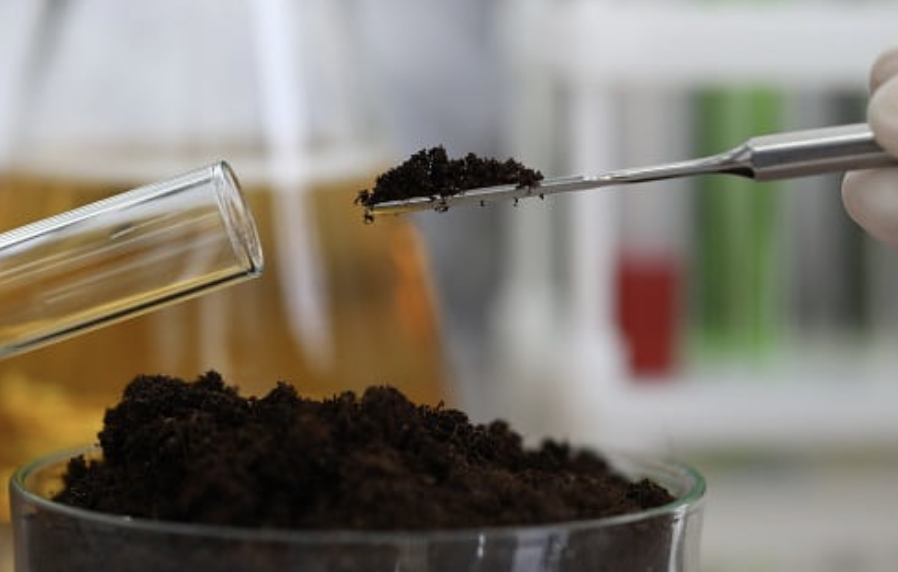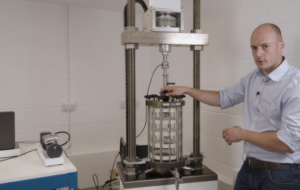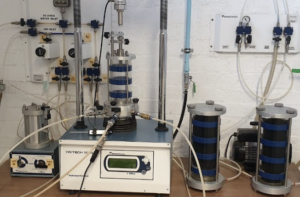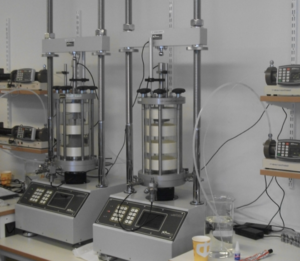How to Identify Soil Types in the Laboratory
Accurate soil identification in the lab lays the foundation for safe and effective construction, geotechnical design, and agricultural planning.
What Are the Main Soil Classification Systems?
Laboratories rely on standardized classification systems to ensure consistency in soil identification. The two most widely used are:
- Unified Soil Classification System (USCS)1 – Common in engineering; categorizes soils based on grain size and plasticity.
- AASHTO Soil Classification System2 – Preferred for roadwork; classifies based on particle distribution and plasticity index to evaluate pavement subgrades.
These systems help define whether soil is coarse-grained3 (like sand and gravel), fine-grained (silt and clay), or organic, and how it will behave under load and moisture changes.
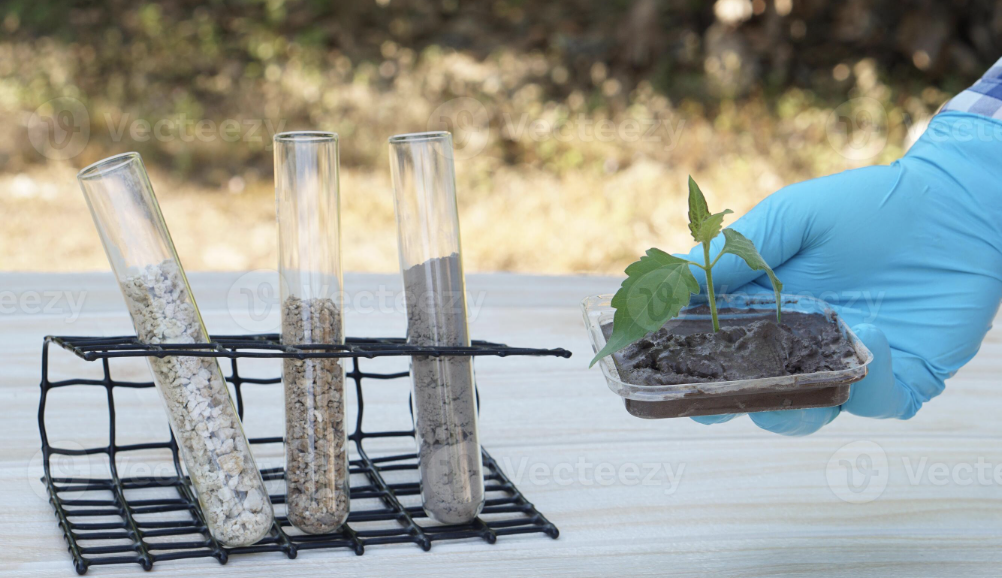
How Is Soil Texture Identified Through Sieve and Hydrometer Tests?
Soil texture—the proportion of sand, silt, and clay—is determined using:
-
Анализ сито:
- Used for particles > 0.075 mm.
- Soil is dried, then passed through a stack of sieves.
- Yields the grain size distribution4 curve for sands and gravels.
-
Hydrometer Analysis:
- Used for particles < 0.075 mm.
- Measures sedimentation rate5 of soil particles in water.
- Determines percentage of silt and clay.
Together, these tests produce a textural classification6 that feeds into USCS or AASHTO systems.
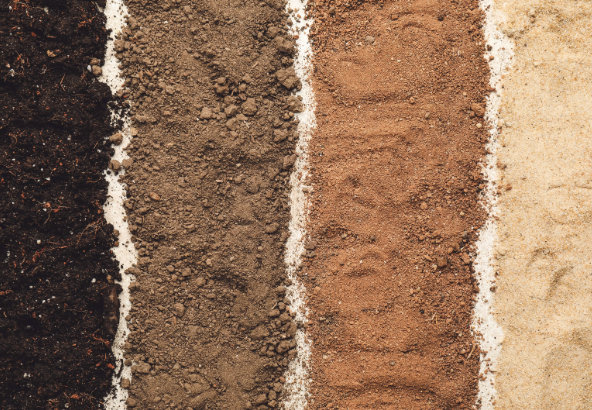
What Role Do Atterberg Limits Play in Soil Identification?
Atterberg Limits assess how fine-grained soils behave with water:
- Liquid Limit (LL): Water content where soil begins to flow.
- Plastic Limit (PL): Lowest moisture content where soil can be rolled into threads.
- Shrinkage Limit (SL): Moisture level at which further drying doesn’t reduce volume.
The Plasticity Index (PI = LL – PL) helps classify clays and silts. For example:
- High PI = plastic clay
- Low PI = silt or low-activity clay
These properties determine how stable, expansive, or workable the soil is.
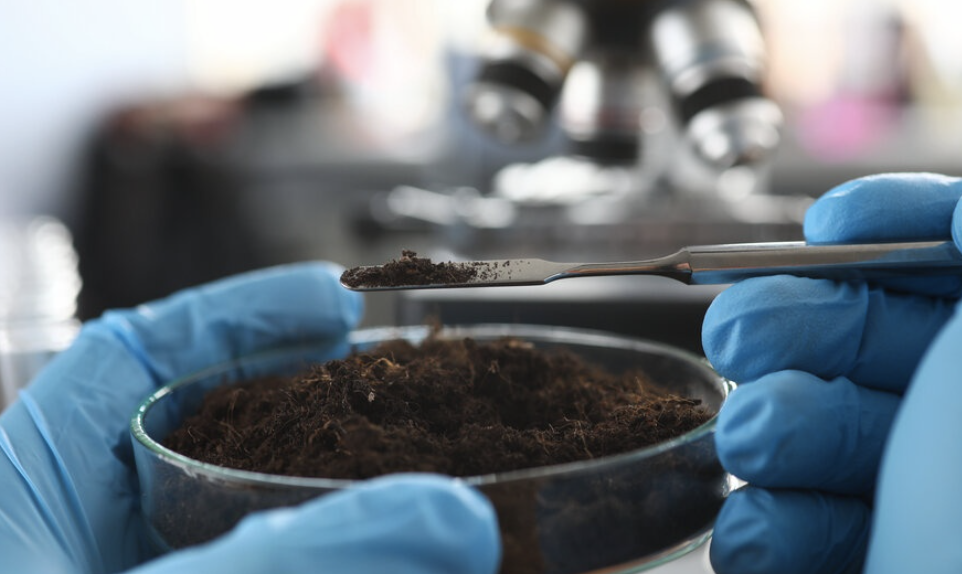
Can Visual and Manual Tests Still Be Useful in the Lab?
Yes—especially as preliminary or supplemental methods.
- Color and smell may indicate organic content.
- Rubbing between fingers can help estimate sand, silt, or clay content.
- Rolling and ribboning help quickly assess plasticity.
While not precise, these tests:
- Provide fast initial impressions7
- Help double-check lab results8
- Are useful for screening large sample volumes
Заключение
Combining grain size analysis, Atterberg Limits, and classification systems allows for precise soil identification in the lab. These insights are essential for engineering designs that depend on predictable soil behavior under stress and moisture.
-
Explore this link to understand the USCS, its applications in engineering, and how it aids in soil identification. ↩
-
Discover the AASHTO system's role in roadwork and how it classifies soils for better pavement design. ↩
-
Learn about coarse-grained soils, their properties, and their impact on construction projects for better planning. ↩
-
Understanding grain size distribution is crucial for soil classification and engineering applications. Explore this link to deepen your knowledge. ↩
-
The sedimentation rate is vital for determining soil texture. Learn more about its measurement and significance in soil studies. ↩
-
Textural classification helps in understanding soil behavior and suitability for various uses. Discover more about its importance and methods. ↩
-
Exploring the significance of quick assessments can improve your efficiency in soil testing processes. ↩
-
Learning about the role of preliminary tests can ensure more reliable soil analysis outcomes. ↩

